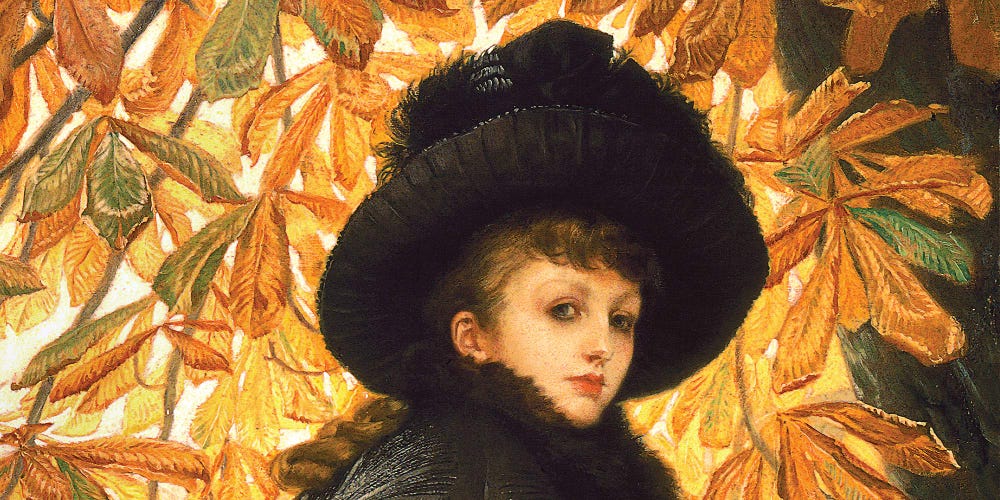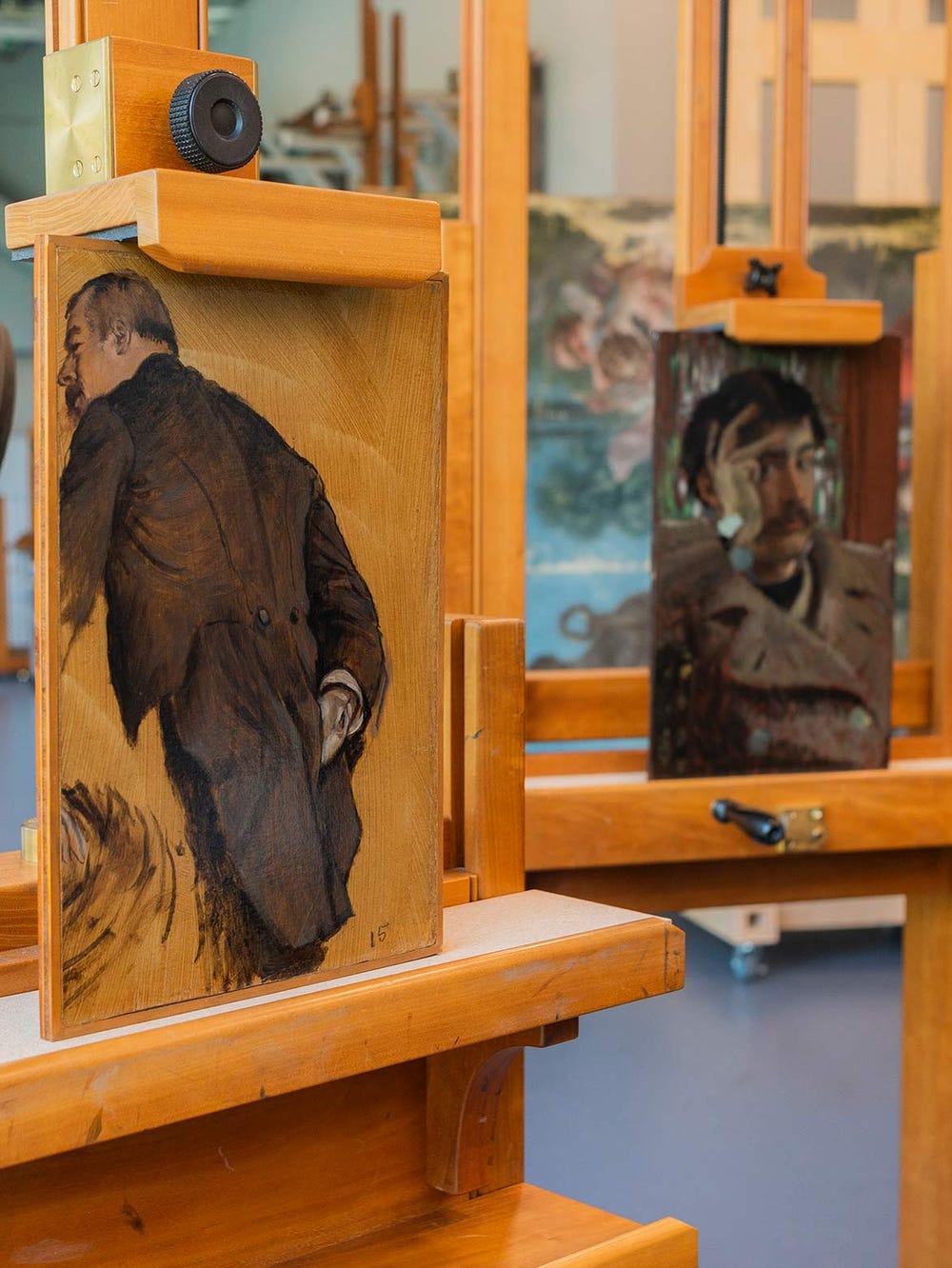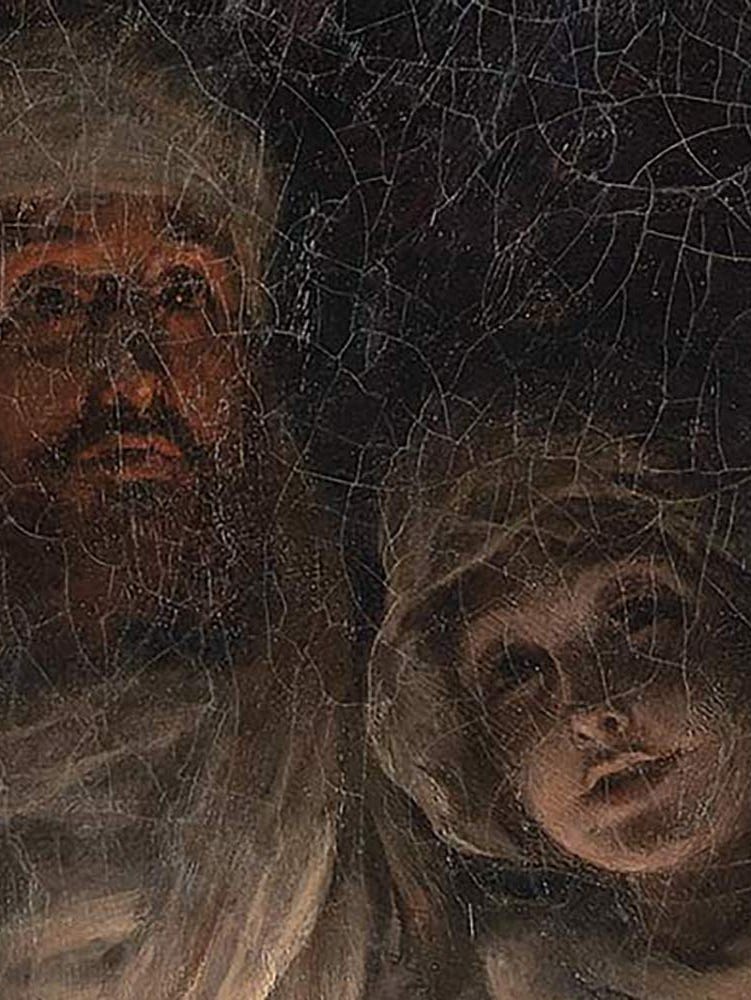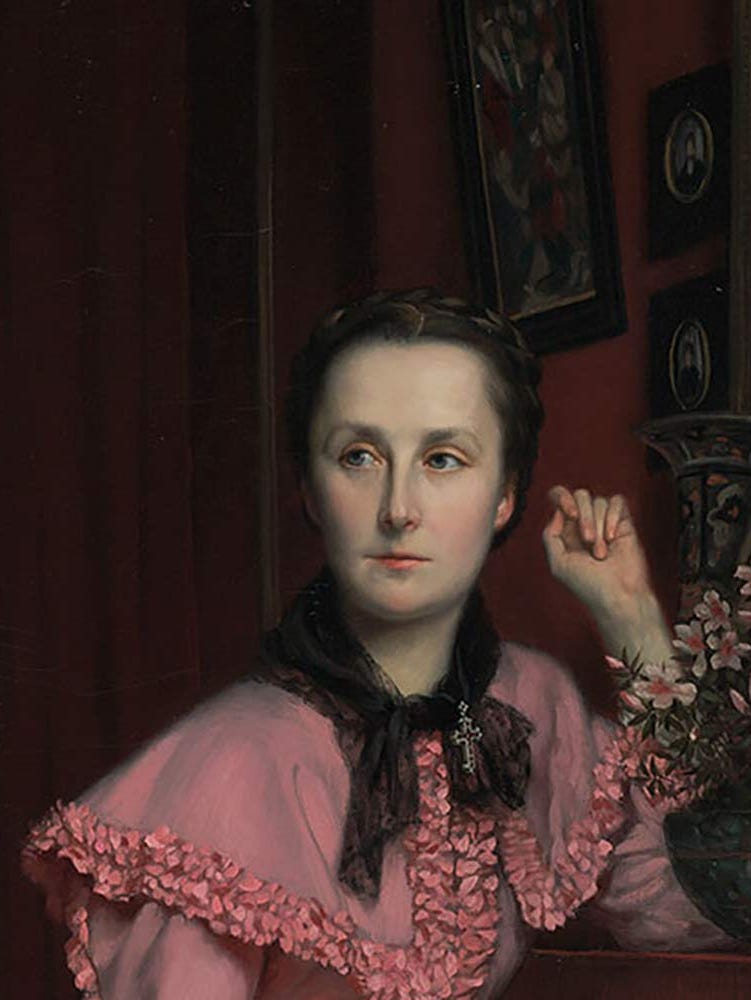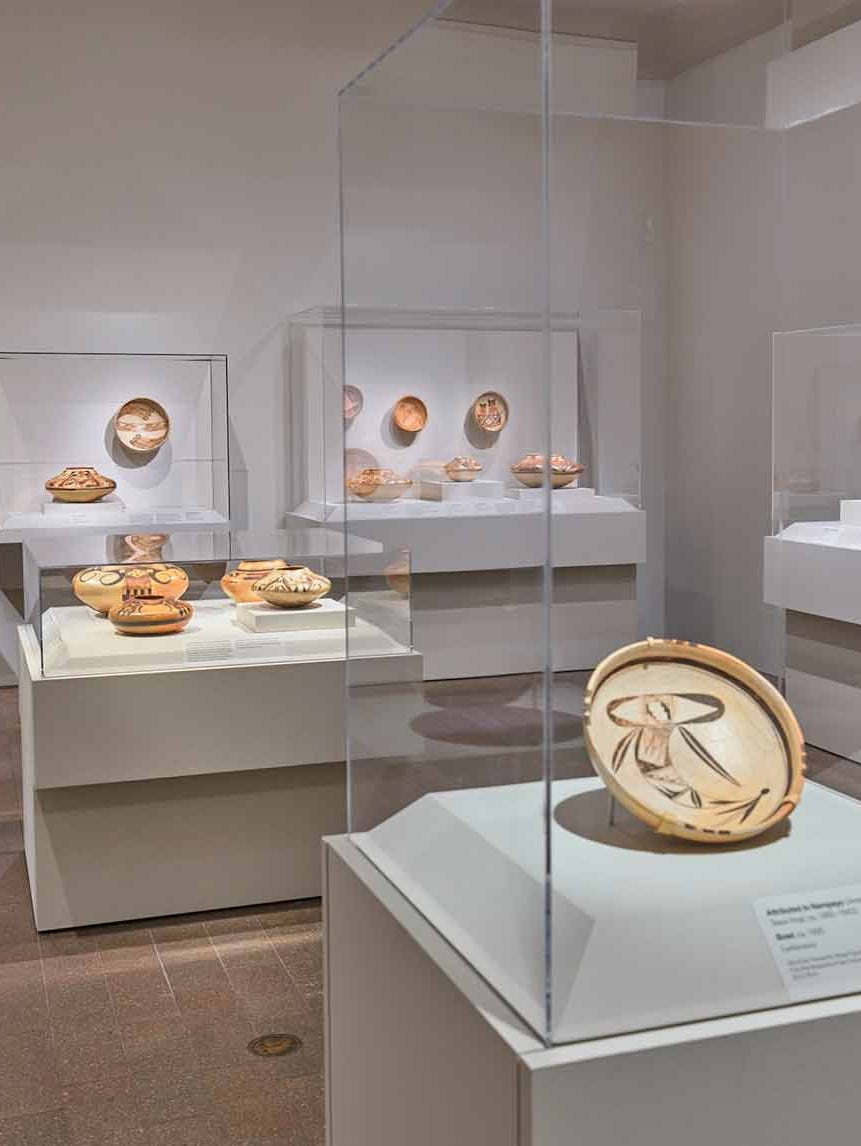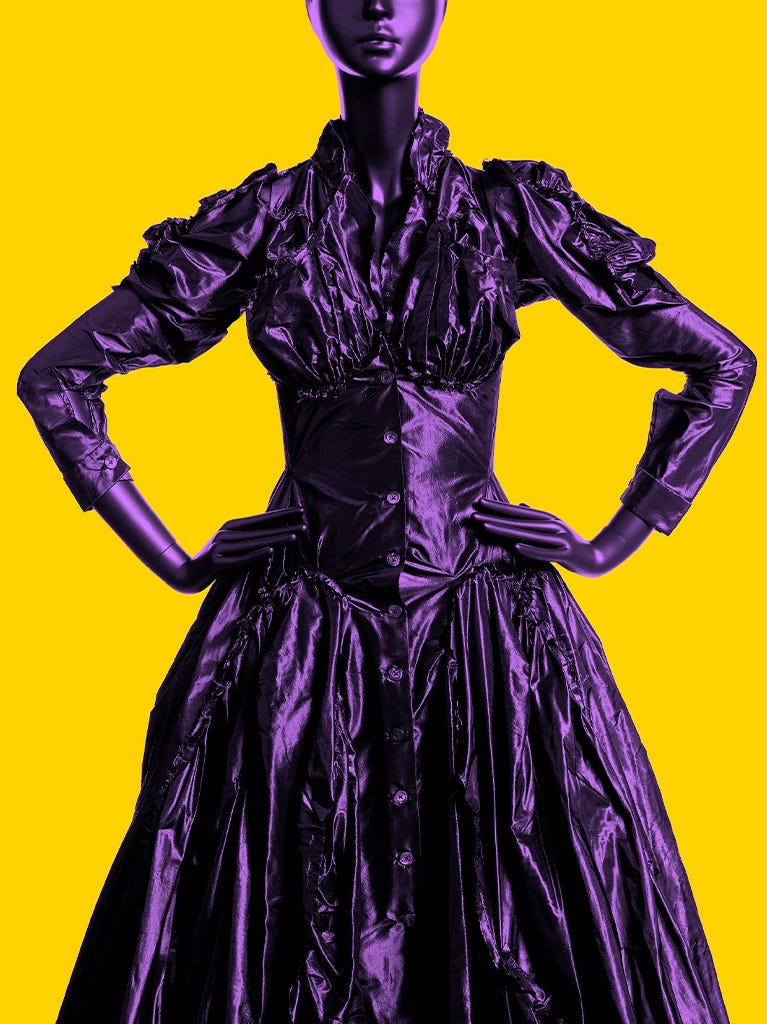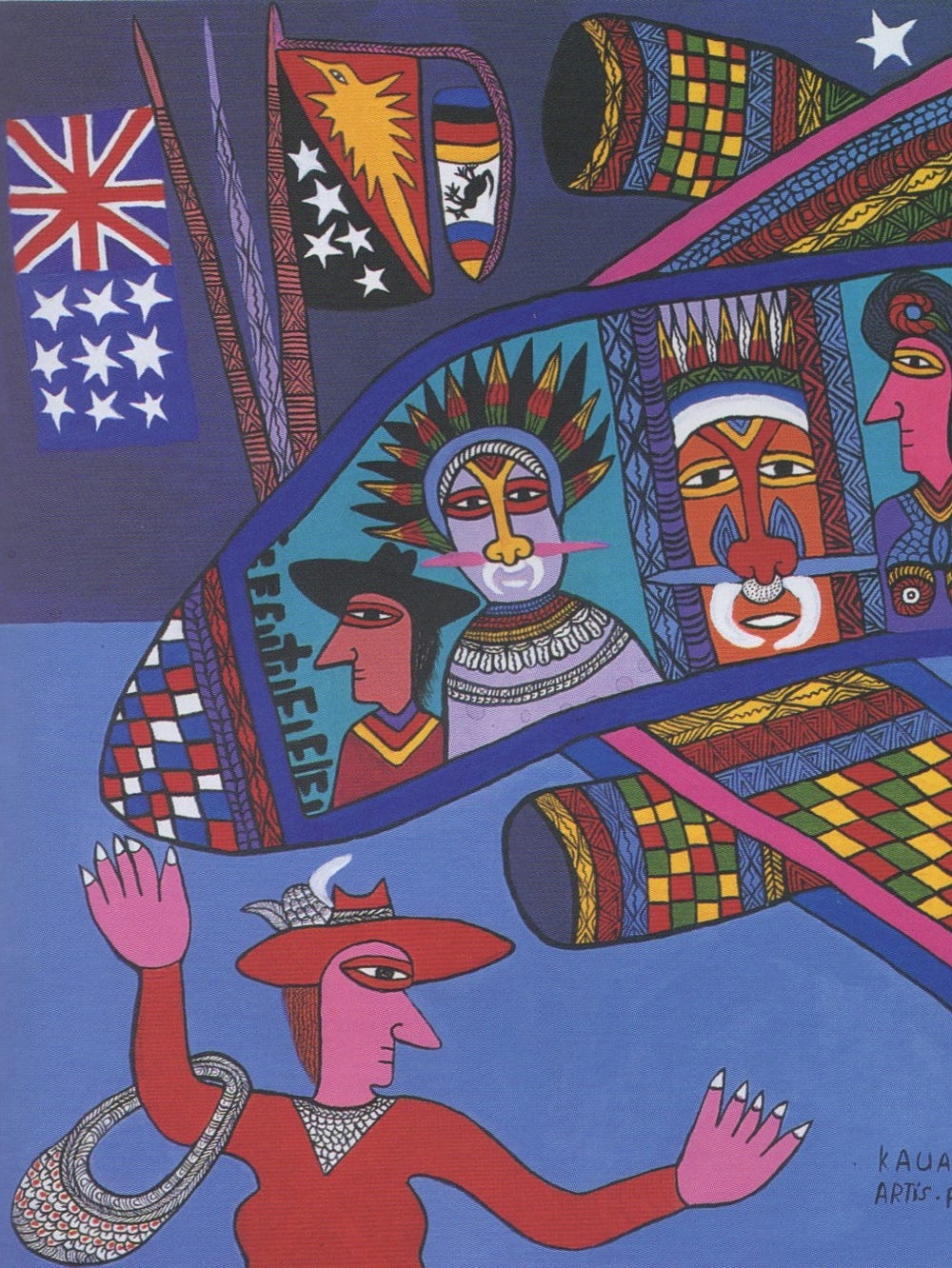James Tissot, October (detail), 1877. Oil on canvas, 85 x 42.8 in. (216 x 108.7 cm). The Montreal Museum of Fine Arts, gift of Lord Strathcona and family, 1927.410. Photo MMFA, Brian Merrett
James Tissot: Fashion + Faith
Jump to
James Tissot was one of the most celebrated artists of his time, yet today, less is known about him than his contemporaries, the Impressionists. This first major reassessment of Tissot’s career offers West Coast audiences a rare glimpse at the fascinating life and dazzling art of a man who captured an era.
In depth
Born in Nantes, France, and trained in Paris at the École des Beaux-Arts, Tissot’s mature career spanned both sides of the English Channel, where he garnered commercial and critical success. Today, Tissot’s work is represented in major collections worldwide. New scholarship on the artist will demonstrate that even his most ebullient society paintings reveal rich and complex commentary on topics such as nineteenth-century society, religion, fashion, and politics.
Tissot consistently defied convention in both his professional and personal life. His contributions to the academy and the avant-garde are documented by participation at diverse venues such as the Paris Salon as well as London’s Royal Academy and the Grosvenor and Dudley Galleries. This exhibition explores his multifaceted career with a fresh perspective and original scholarship and will also question where and how Tissot should be situated in narratives of the nineteenth-century canon.
Tissot experimented with major trends in contemporary art, including Aestheticism and Japonisme, yet his work defies classification and traditional labels. Moreover, Tissot was arguably a painter of modern life although he did not formally belong to the Impressionist circle and never exhibited in their group shows, despite an invitation from Edgar Degas. Tissot’s long association with Degas is a major thread in the exhibition: he frequently acted as Degas’s mentor in the 1860s and early 1870s, and they shared an extended series of correspondence. After cultivating close relationships with artists in both France and England, Tissot ultimately developed a distinctive body of work that was uniquely shaped by his cosmopolitan international career.
An important feature of this exhibition is a strong technical research component that has engaged conservation colleagues to investigate Tissot’s materials and working methods. FAMSF’s painting conservation studio has been conducting primary research on five paintings by James Tissot, including Self-Portrait (ca. 1865) from our permanent collection. In-depth scientific analysis was carried out with support from NU-ACCESS, a collaboration between Northwestern University and the Art Institute of Chicago. Findings were further contextualized through documentation of Tissot paintings in other museums and a visit to the Chateau de Buillon, Tissot’s former family home and residence, where part of his studio contents remain. This research will begin to lay the groundwork for emerging trends regarding Tissot’s painting technique.
Other significant threads are Tissot’s experimentation with print versions of his painted compositions as well as his interest in photography. His work in other media, including decorative arts, will add depth to the project. Since contemporary fashions feature so prominently in many of Tissot’s major compositions, the catalogue research will also feature significant costume and textile components. This critical reassessment of Tissot’s oeuvre will stimulate new appreciation for and awareness of an artist whose life and work continue to captivate audiences and scholars alike.
In the news
Stories
Sponsors
This exhibition is organized by the Fine Arts Museums of San Francisco and the Musées d’Orsay et de l’Orangerie, Paris. Presenting Sponsors: John A. and Cynthia Fry Gunn, Robert G. and Sue Douthit O’Donnell, Barbro and Bernard Osher, Denise Littlefield Sobel, and Diane B. Wilsey. Major Support: Gladyne Kenderdine Mitchell and Barbara A. Wolfe. Significant Support: The Diana Dollar Knowles Foundation, The Diana Dollar Knowles Fund and Carole McNeil. Generous Support: Lucy Young Hamilton and David A. Wollenberg. Additional support provided by Sandra and Paul Bessières, Marion Moore Cope, George and Leslie Hume, Michael and Dorothy Leung, and Christina and Barry Ongerth. Scientific analyses were performed by the Northwestern University / Art Institute of Chicago Center for Scientific Studies in the Arts and made possible by the generous support of the Andrew W. Mellon Foundation.
The exhibition is supported by an indemnity from the Federal Council on the Arts and the Humanities.
